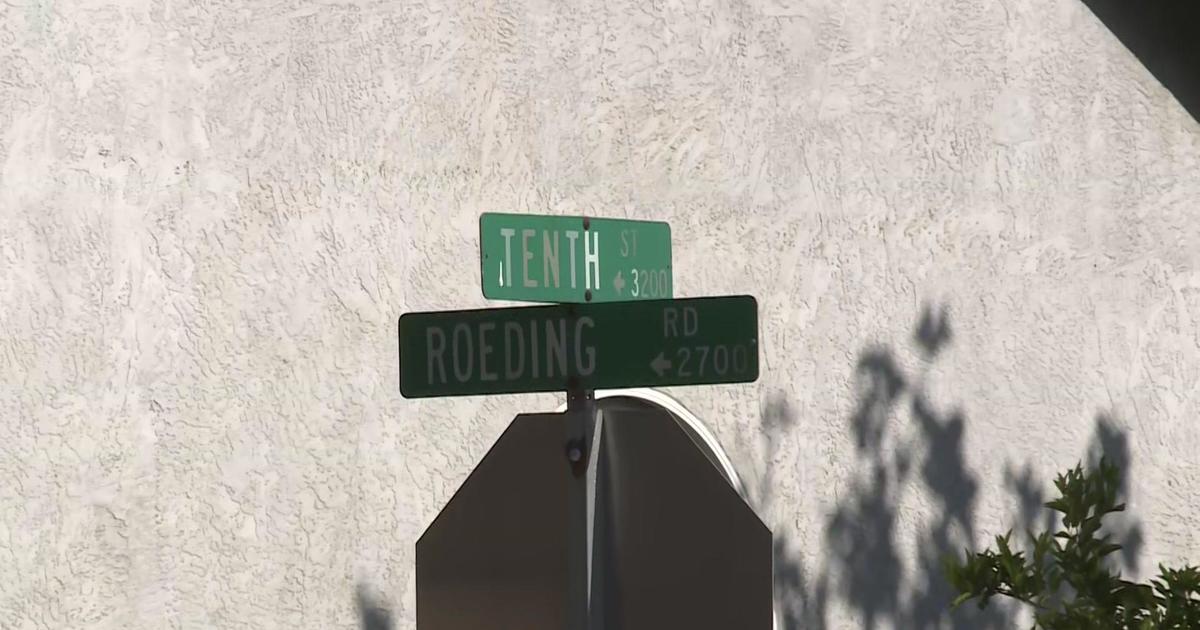Jellyfish-like creatures called Blue Buttons that spit out waste through their mouths are washing up on Texas beaches
Some Texas beachgoers are having to compete for sand space with an intriguing blue creature. But it's not one that can simply be shoved out of the way – unless getting stung is on the agenda.
Texas Parks and Wildlife said this week that Blue Buttons have been spotted at Galveston Island State Park. The creatures look like small bright blue jellyfish, but they are actually just a very distant relative.
Porpita porpita are a form of hydrozoa, just like jellyfish, but they are not a single creature. According to the Smithsonian Institution, the creatures have a "central 'float' with streaming tentacles like typical jellyfish," but they are actually just a "colony of many small hydroid animals." Some of those colonies reside in the jelly blob-like float, while others reside in its tentacles.
But they do have one distinctly painful commonality with jellyfish, the institute said.
"The tentacles have stinging nematocysts in those white tips, so do not touch!"
According to NOAA, nematocysts are cell capsules that have a thread that's coiled around a stinging barb. That barb and thread are kept in the cell and under pressure until the cell is stimulated, at which point a piece of tissue that covers the nematocyst cell opens and allows the barb to shoot out and stick to whatever agitated it, injecting a "poisonous liquid."
Blue Buttons aren't deadly to humans, but their sting can cause skin irritation.
While the creatures washing up on Texas shores are bright blue, local environmental conservation organization Texas Master Naturalist said that isn't always the case. Sometimes they can appear to be turquoise or even yellow, the group said.
Blue Buttons are commonly found on shores that blanket the Gulf of Mexico, usually in the summer, they added, and are drawn to shorelines by plankton blooms, which is their source of food.
"They don't swim, they float," the organization said, adding a more grotesque fact about the creatures, "...its mouth also releases its waste."
Many people have commented on the Texas Parks and Wildlife's Facebook warning, saying they have seen the animals along the shores.
"They look beautiful," one person said. "But usually, when I see something like that, I panic by moving far, far away from it!"
"Saw quite a few in the sand today at the pocket park on the west end," another said, as a third person described them as "beautiful and wicked."




